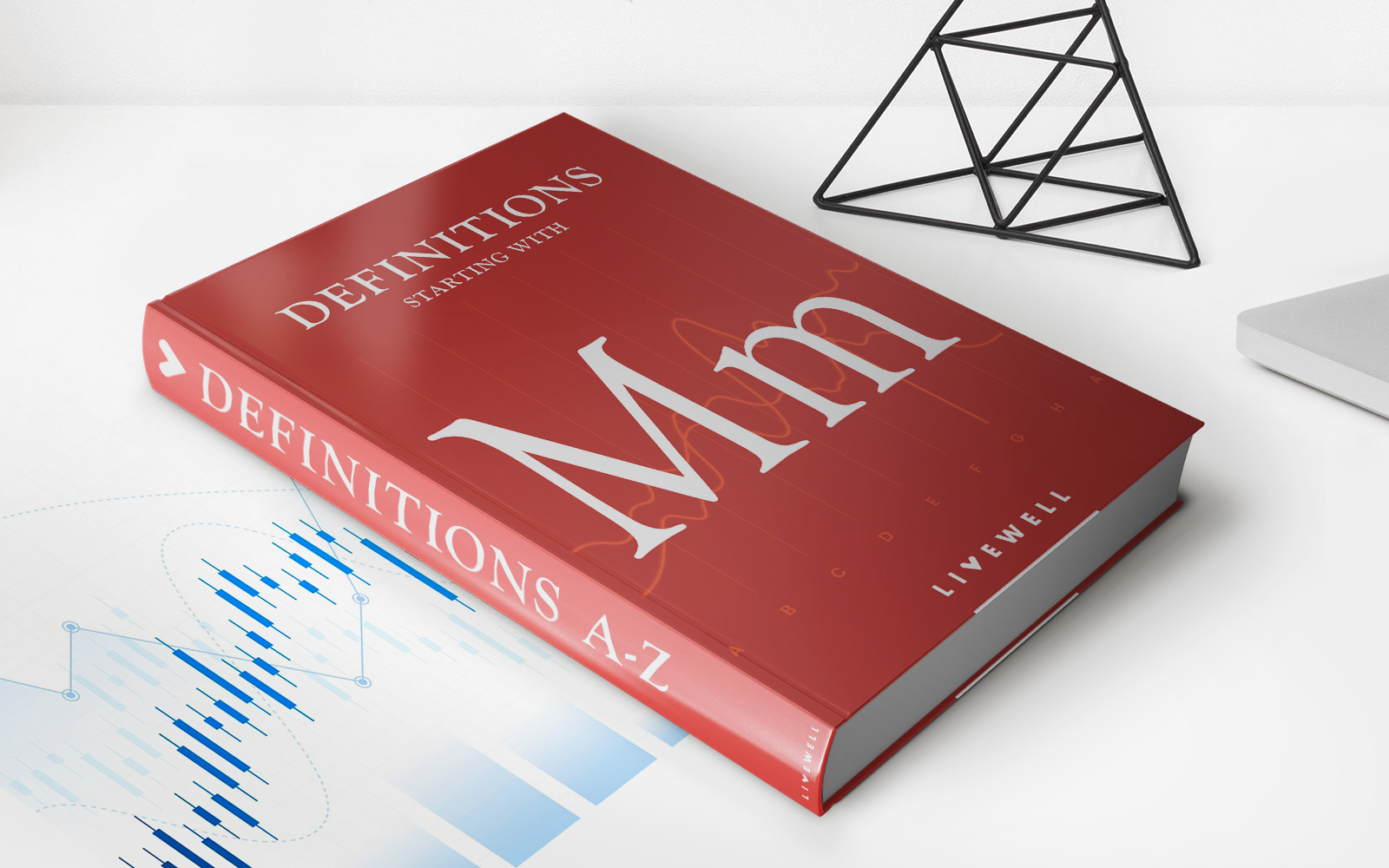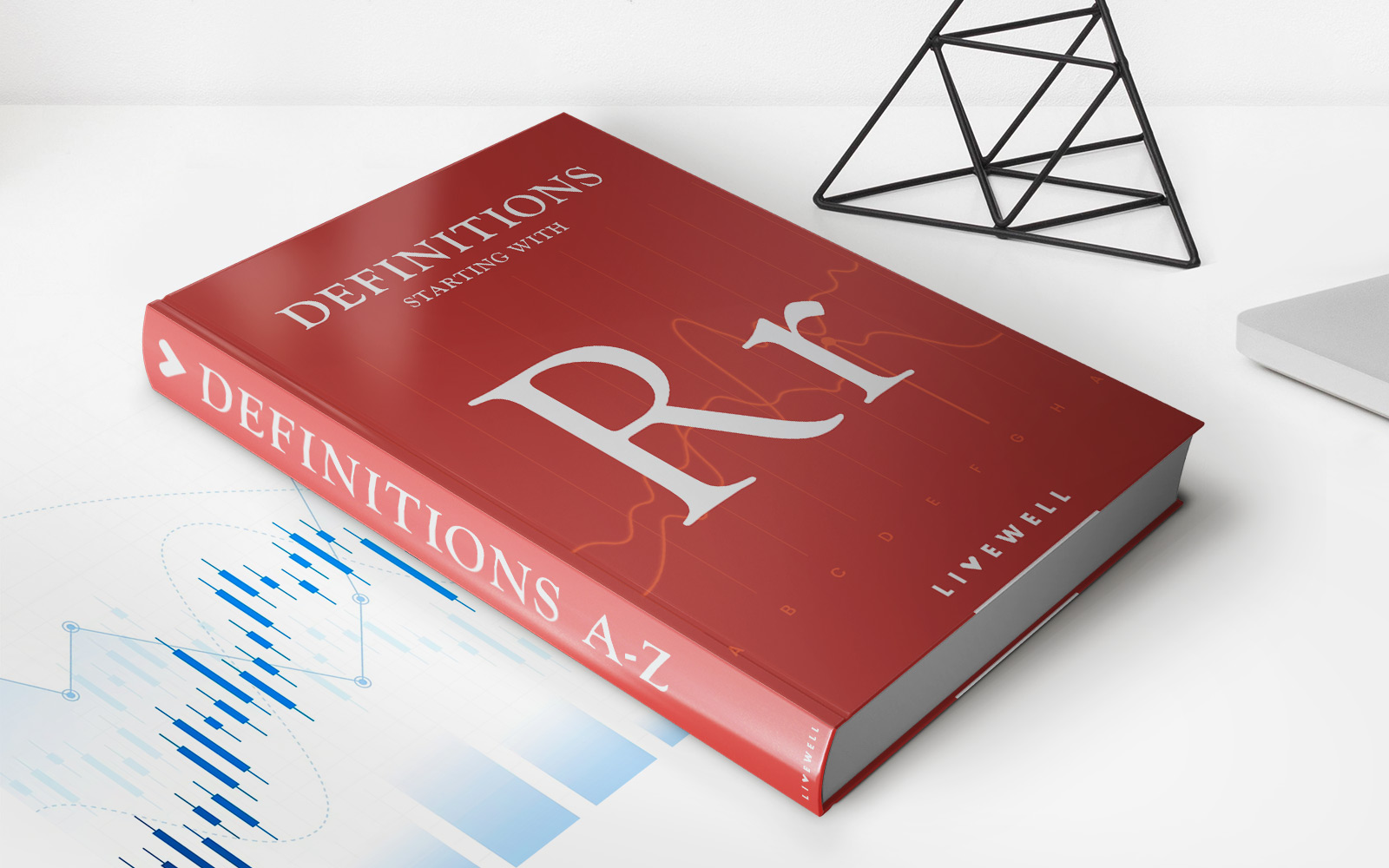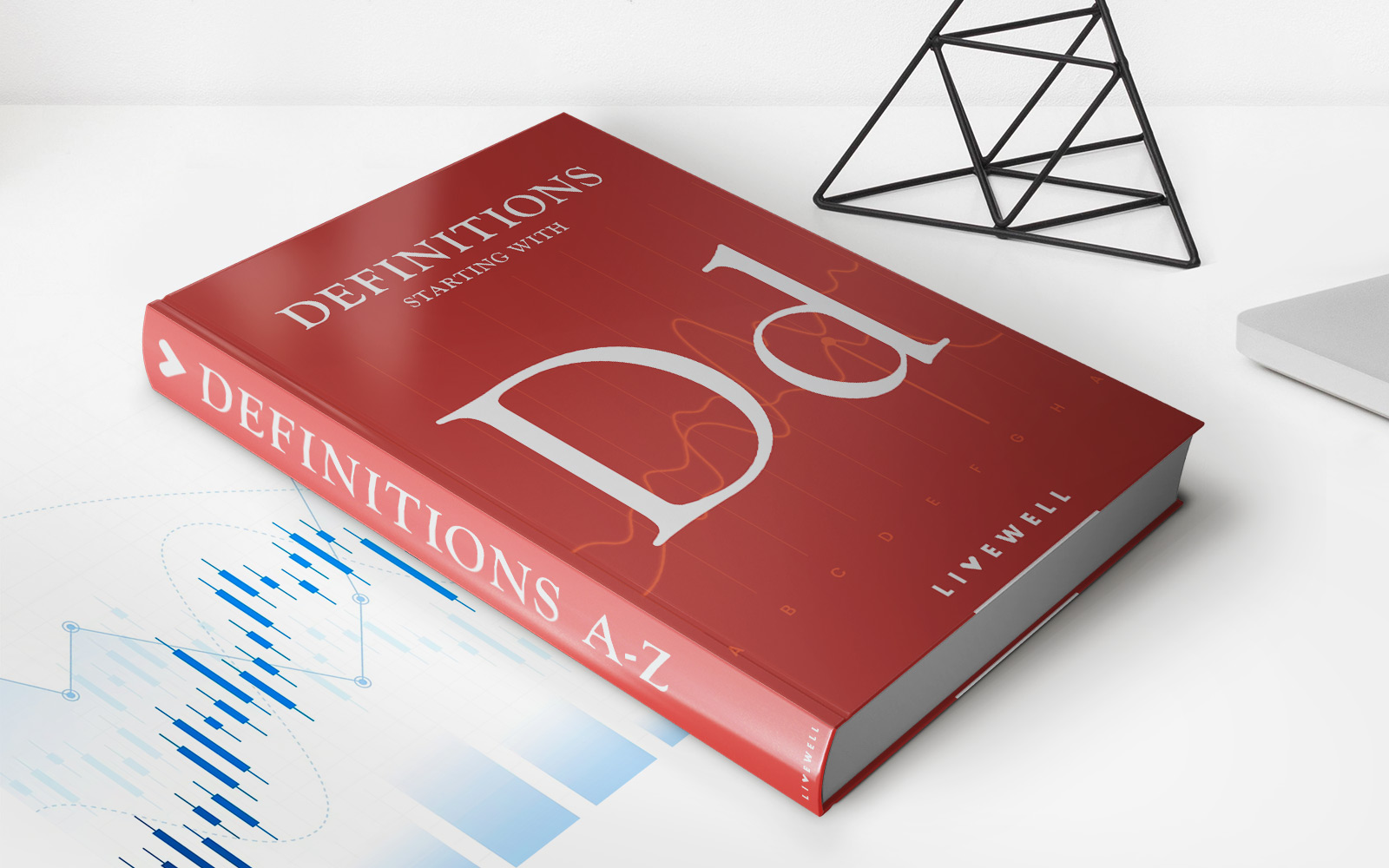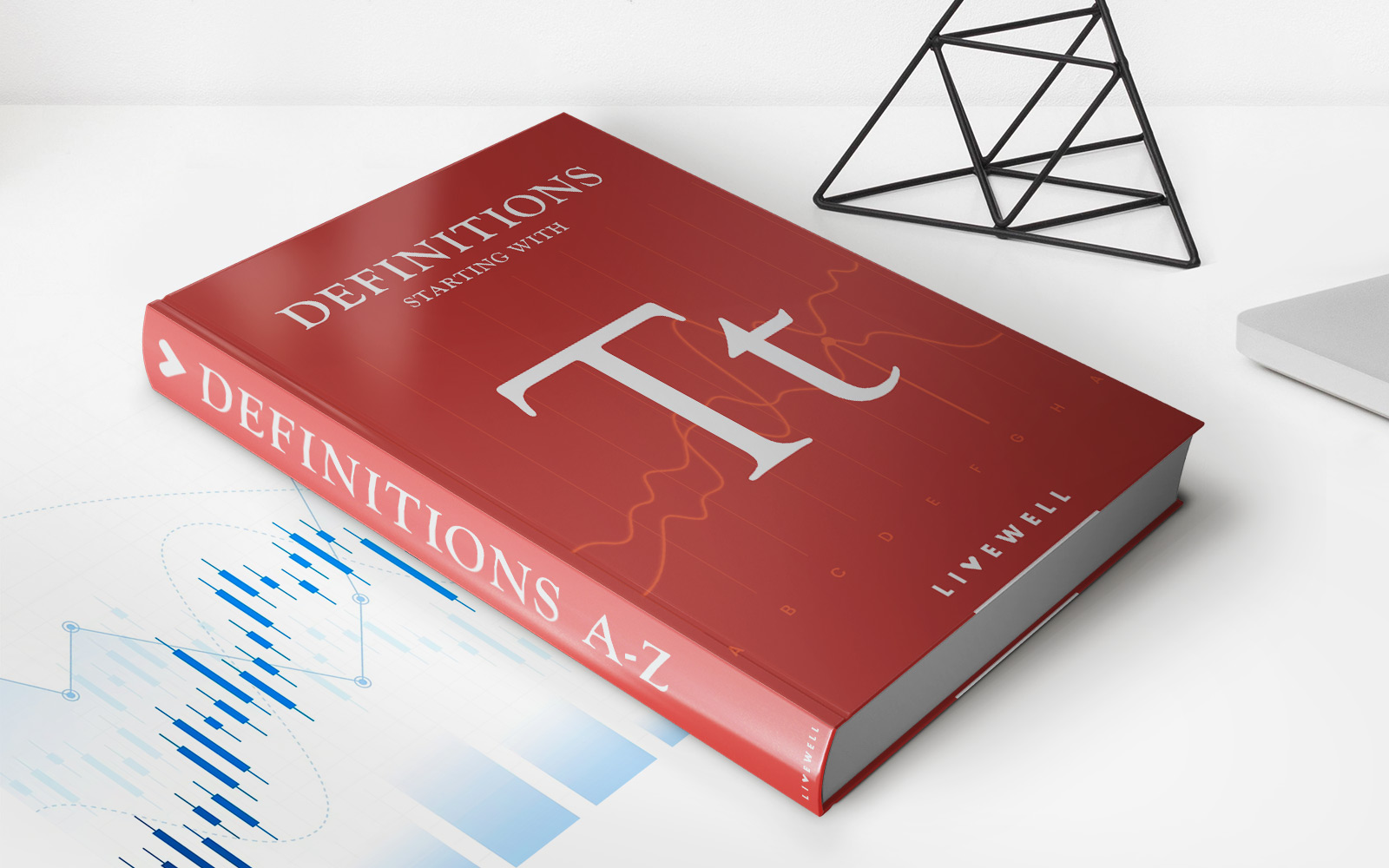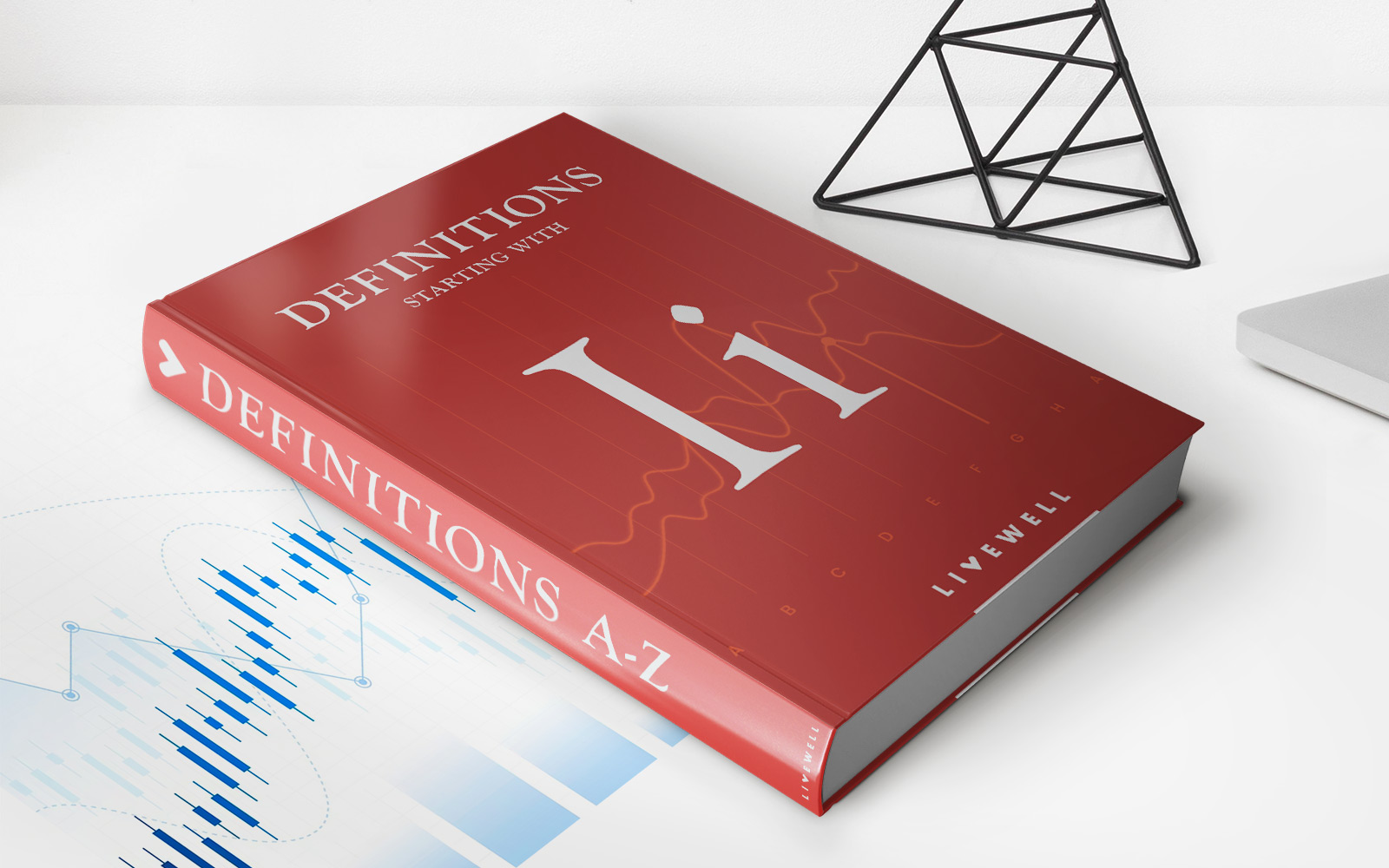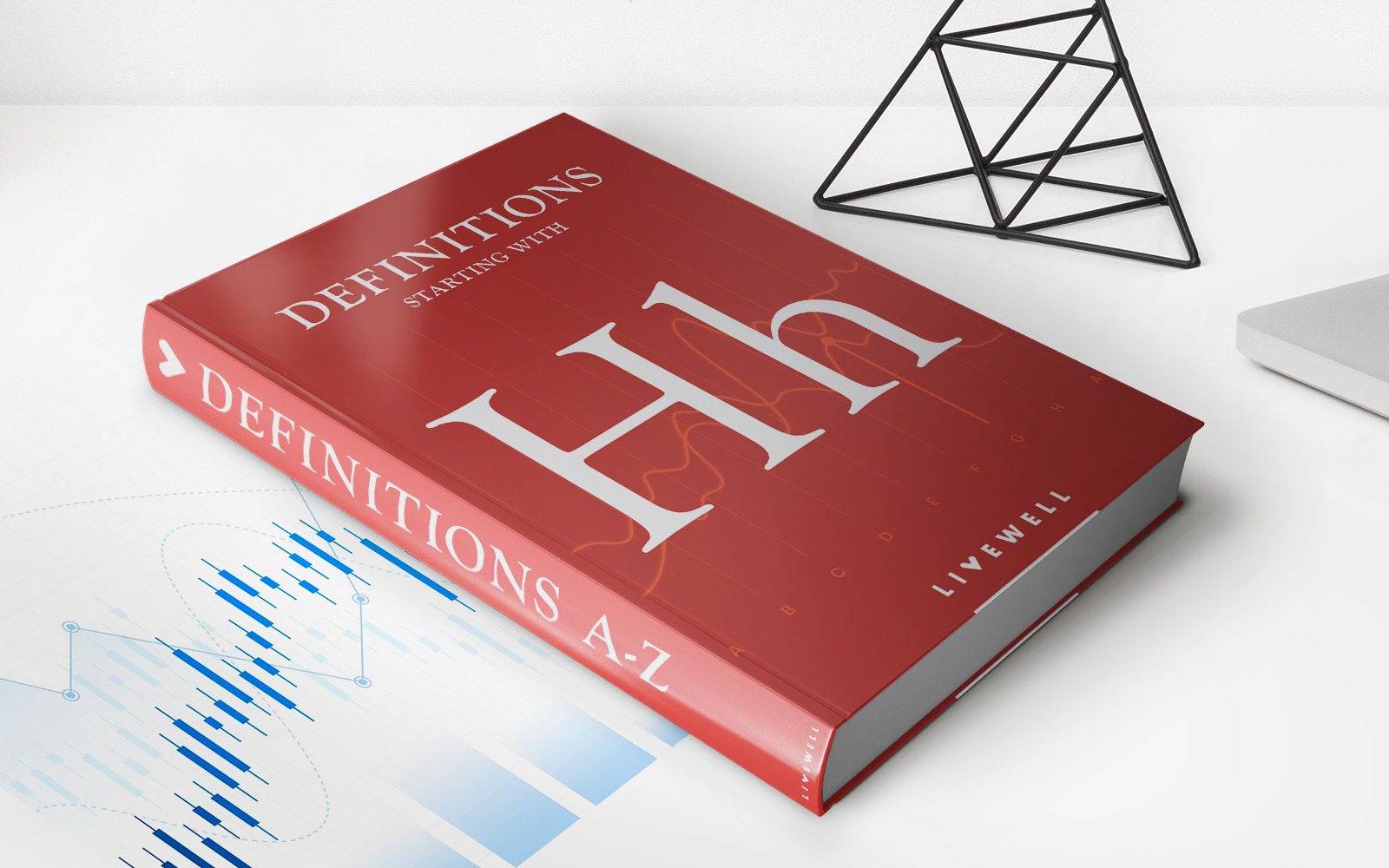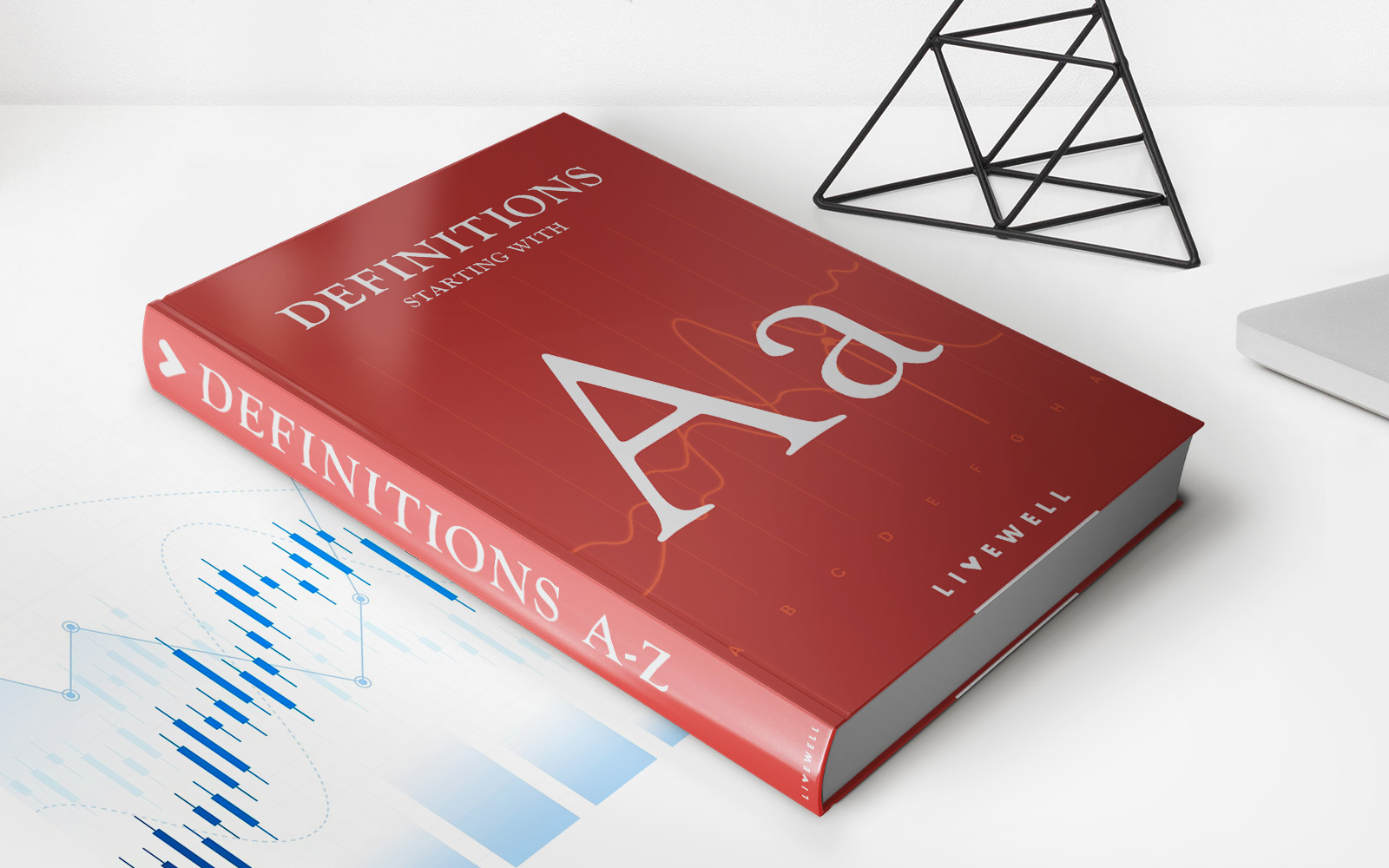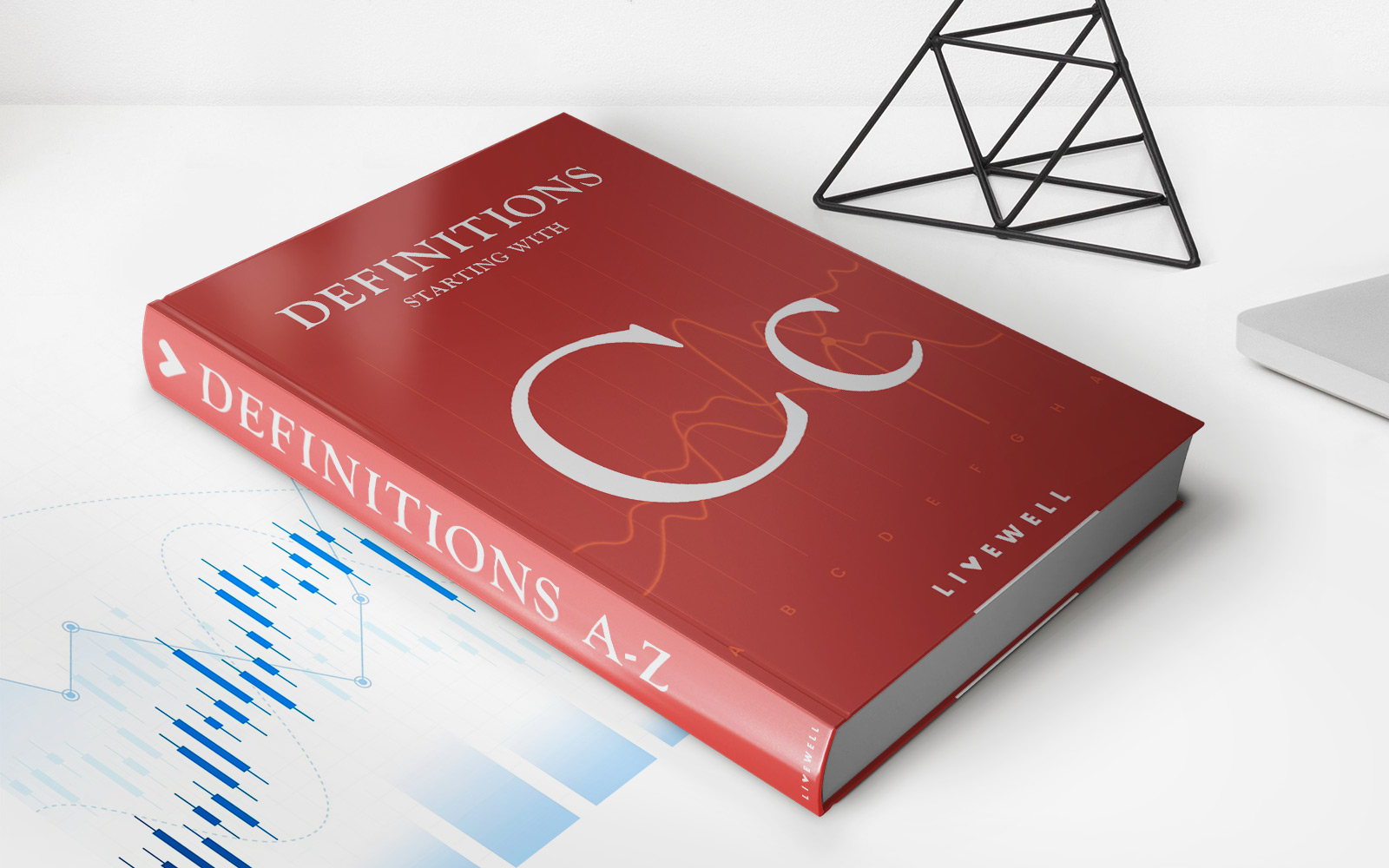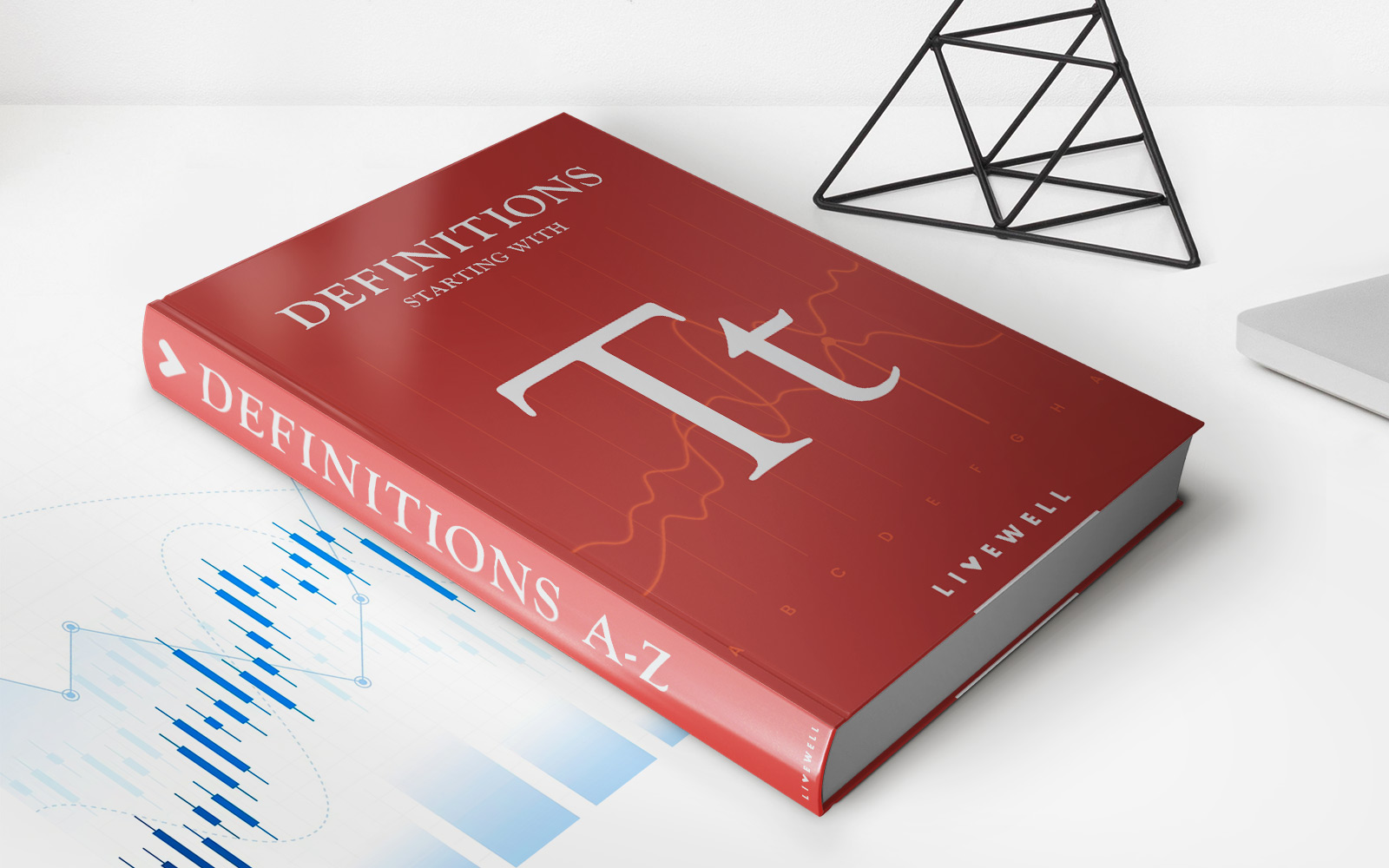Home>Finance>Regressive Tax: Definition And Types Of Taxes That Are Regressive
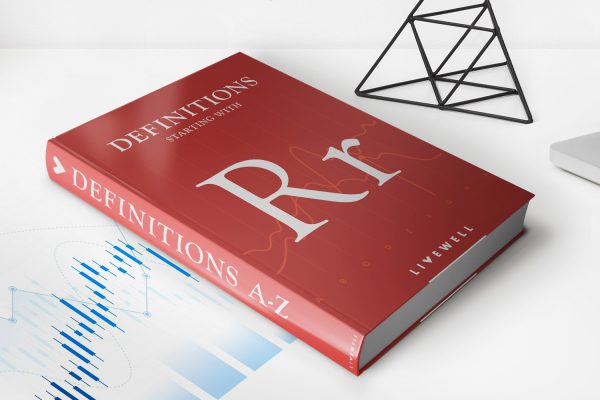
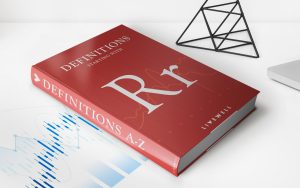
Finance
Regressive Tax: Definition And Types Of Taxes That Are Regressive
Published: January 17, 2024
Learn about the definition and types of regressive taxes in finance. Understand how certain taxes can disproportionately affect lower-income individuals.
(Many of the links in this article redirect to a specific reviewed product. Your purchase of these products through affiliate links helps to generate commission for LiveWell, at no extra cost. Learn more)
Understanding Regressive Taxes: Definition and Types
When it comes to understanding taxes, one term that often crops up is “regressive tax.” So what exactly does it mean? In this blog post, we’ll explore the definition of regressive taxes and delve into the different types of taxes that fall under this category. Let’s get started!
Key Takeaways:
- Regressive taxes disproportionately affect individuals with lower incomes.
- Examples of regressive taxes include sales tax and property tax.
What are Regressive Taxes?
To put it simply, regressive taxes are taxes that have a greater impact on individuals with lower incomes compared to those with higher incomes. These taxes take a larger portion of income or wealth from people who earn less, causing them to bear a heavier burden relative to their income. In contrast, individuals with higher incomes may experience a lesser impact, as the tax burden decreases as a percentage of their income.
Regressive taxes can affect various areas of a person’s financial life, from day-to-day expenses to housing costs. They can have a significant impact on lower-income households, potentially exacerbating income inequality.
Types of Regressive Taxes:
1. Sales Tax:
Sales tax is a common example of a regressive tax. It is imposed on the purchase of goods and services and is typically set at a fixed percentage of the sale price. Since individuals with lower incomes spend a greater proportion of their income on essential goods and services, they end up paying a higher percentage of their income in sales tax compared to those with higher incomes.
2. Property Tax:
Property tax is another regressive tax that affects homeowners. This tax is based on the value of a property and is typically enforced at a fixed rate. While property tax may seem like a uniform burden, it can disproportionately impact individuals with lower incomes. This is because a larger proportion of their income is devoted to housing costs, including property taxes.
3. Excise Tax:
Excise tax, also known as a “sin tax,” is imposed on goods and services deemed to be harmful or nonessential, such as tobacco, alcohol, sugary beverages, and gasoline. Like other regressive taxes, excise taxes tend to have a more significant impact on individuals with lower incomes. As these individuals may spend a larger share of their income on such items, they end up paying a higher percentage of their earnings towards excise taxes.
4. Flat Rate Income Tax:
Although income taxes are generally considered progressive, certain countries or jurisdictions may implement a flat rate income tax, where everyone pays the same percentage regardless of income level. While this may seem fair on the surface, in reality, it can have regressive effects. With a flat rate, individuals with lower incomes end up paying a higher percentage of their earnings in taxes compared to those with higher incomes.
Conclusion
Understanding regressive taxes is crucial in assessing their impact on different income groups. While some taxes aim to distribute the burden fairly, regressive taxes can contribute to income inequality by placing a heavier burden on individuals with lower incomes. By recognizing the various types of regressive taxes, we can work towards creating a more equitable and inclusive tax system.
This blog post has provided an overview of regressive taxes, including their definition and different types. From sales tax to property tax, these regressive taxes have the potential to affect individuals with lower incomes more significantly. It’s important to consider the impact of these taxes on income inequality and think about ways to alleviate the burden on lower-income households.
